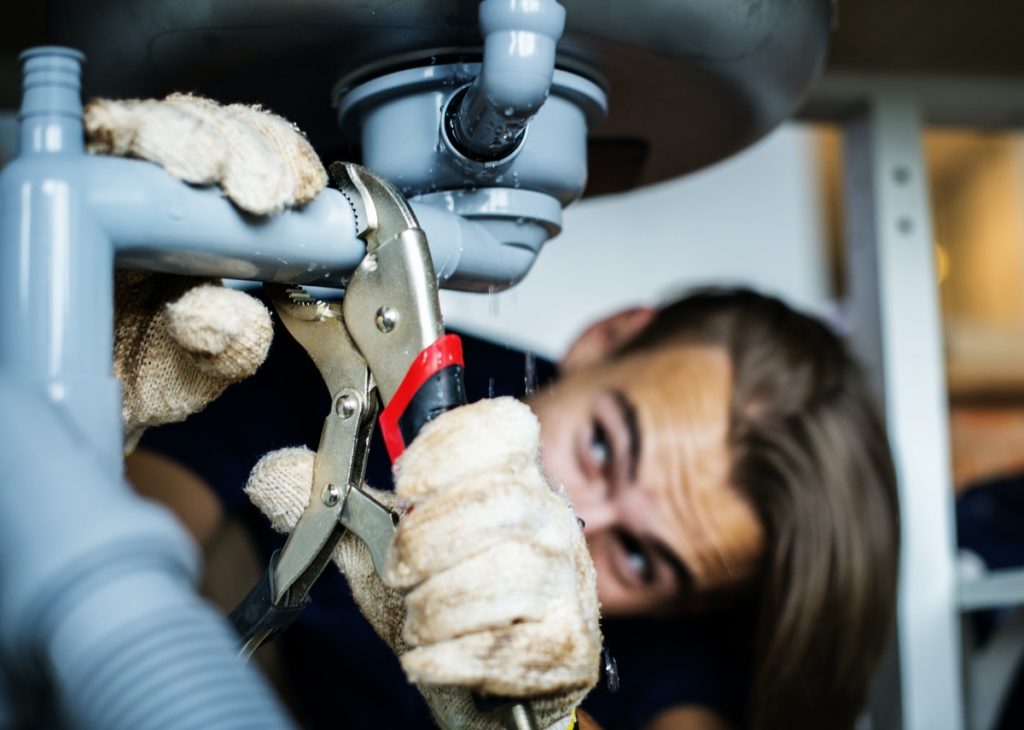BLOG
Protecting employees on client sites
Under health and safety law, all employers owe a legal duty of care to their employees. The duty requires employers to risk assess their workplaces and activities and put in place practical protective measures.
The Health and Safety at Work etc Act 1974 (HSWA) specifically says that every employer must take “reasonably practicable” steps to protect the health, safety and welfare “at work” of all their employees. However, “at work” doesn’t just mean in the workplace; this duty extends to occasions when your employees visit other locations and client sites.
The HSWA also says that employers must carry out their activities in ways that, so far as is “reasonably practicable“, don’t expose non-employees to risks to health or safety – this means that your clients have a reciprocal duty to protect your visiting workers. “Reasonably practicable” means employers have to balance the risk workers are presented with against the cost of reducing or eliminating that risk.
It also places legal responsibilities on employees to exercise reasonable care for their own health and safety and that of others. This means they should perform safety checks before and during their visit.
Assessing risk
The Management of Health and Safety at Work Regulations 1999 provide that employers must carry out an assessment of the risks to the health and safety of not only their own employees but also others who might be affected by their activities. This means your clients have a further duty of care to provide for the safety of your employees who visit their workplace.
The Management Regulations also require that employers make sure their employees and others working on their sites have been provided with:
- Up-to-date information on the risks associated with the employer’s activities; and
- Information on the steps they must take to comply with the safety systems in place.
Free Download: Employers' Guide | Protecting Employees Who Visit Other Locations
Use our short guide to help ensure the safety of your employees when working off site.
In addition to a general risk assessment, employers must, during the coronavirus pandemic, carry out a specific COVID-19 risk assessment and should share the results with both persons who work for them and those who don’t. Employers with over 50 employees are expected to make this available on their website – most also make use of a ‘Staying COVID-19 Secure in 2020’ notice.
When an employer puts in place protective measures, they are required to do so on the basis of the “General Principles of Prevention” set out in the Management Regulations. Measures following a COVID-19 risk assessment typically include:
- Taking all reasonable steps to work from home/avoiding travel, where possible;
- Introducing rigorous cleaning, handwashing and hygiene procedures;
- Taking all reasonable steps to implement social distancing in the workplace – preferably two metres.
- Doing everything practical to manage the risk of infection in line with government guidance.
Such common-sense measures should be very familiar to everyone by now. Still, health and safety inspectors are commonly reporting COVID-19 breaches during spot checks.
Pre-visit checks
Before making a visit to another site, first ask whether it really needs to happen. Can it be done remotely?
(England is expected to return to the three-tier system after 2 December. This allows travel to venues or amenities that are open, for work or to access education, but the aim is to reduce the number of journeys made. In Wales, the “firebreak” that is in effect until 9 November permits travel for work purposes, or voluntary or charitable purposes, but only where it’s not reasonably practicable to do this from home. Scotland’s five-tier system stipulates no non-essential travel to/from areas that are in level three or higher).
If a visit is absolutely necessary, best practice will be to make some checks beforehand. A simple way to do this is to have a checklist of questions that you can ask the client before visiting, such as:
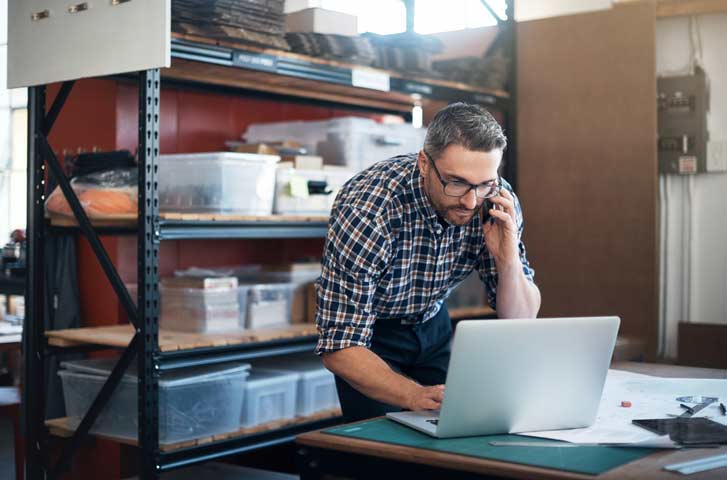
- Have there been any positive cases of COVID-19 reported to the client in the past 14 days?
- Can social distancing of two metres be maintained at all times during the visit?
- Is sanitiser and/or hand soap and washing facilities provided at the entrance to the building? What about other welfare facilities?
- Can the client, to the best of their knowledge, declare that all of their employees are symptom-free?
- What time should you arrive and where do you report?
Of course, things change – notably answers to the first question – so it’s a good idea to make a follow-up call 48 hours before the visit depending on when the original information was obtained. Clients are also likely to ask questions of you – be ready with your answers!
Making the trip
If the visit is going ahead, you will need to make journey plans. First consider how workers are going to get there – car, train, public transport or a combination?
Best practice is to avoid sharing vehicles where possible. Vehicles must be cleaned, especially common touch points. Provide sanitisers and ensure regular handwashing. Can people sharing a vehicle be kept together? Where two-metre distancing isn’t possible, employees should travel side by side, not facing one another. Can screens be used?
During the visit
Visiting workers should be equipped with the responses to the pre-visit checklist questions. However, now is the time to find out whether the client ‘walks the talk’:
- Was the client’s reported information correct?
- When meeting the client contact, do they attempt to shake hands?
- How about the visitor register – is the same pen being used by everybody?
- Are facemasks required and are they available?
- Are people maintaining social distance?
- What about welfare facilities, including hand soap? Hands should be washed following the journey.
Visiting workers should confirm there have been no positive COVID-19 cases or other changes since the last contact and observe visitor rules. Responsible employers should have prepared rules for visitors to read.
How about the visiting worker’s area of work? Are there facilities away from other people that could be used? They should observe people’s general behaviour and their adherence to social distancing. Your employees aren’t there as inspectors but by closely observing things, they will learn a lot about the client’s health and safety standards.
Time on site should be minimised. Are there elements of the visit that can be completed later on remotely?
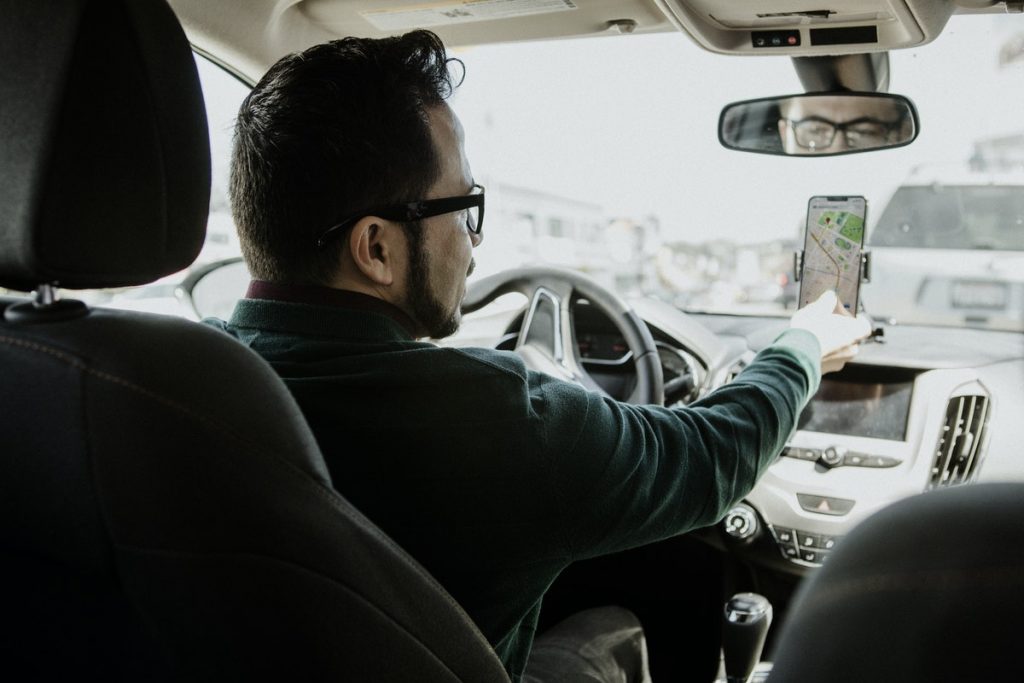
Short stops and home visits
For short-stop visits such as making deliveries:
- Minimise gatehouse contact.
- Reduce deliveries and uplifts as much as possible.
- Bulk order goods to reduce site deliveries.
- Revise pick-up and drop-off points via signage, hygiene, etc.
- Avoid contact between delivery workers and persons receiving goods.
- Minimise delivery driver access to welfare facilities, where possible.
- Have employees remain in their vehicles and stick to the same teams, if possible.
On visiting people’s homes:
- Ensure distancing can be kept at all times.
- Advise workers to increase handwashing and provide sanitisers for them to keep with them.
- Ensure the client has not had symptoms or come into contact with someone with COVID-19.
- Identify busy areas.
- Keep doors open and the room ventilated.
- Don’t share food.
Finally, be flexible. Visiting workers will need to improvise their safety approach according to the individual client’s circumstances.
We're here to help
If you have questions or concerns around your health and safety arrangements during the coronavirus pandemic, our safety specialists can help you to meet your duties to employees on and off site through practical advice, guidance and documentation. Find out more about our fixed-fee Health & Safety support.
Sign up for the latest news & insights
Resources
Latest News & Insights
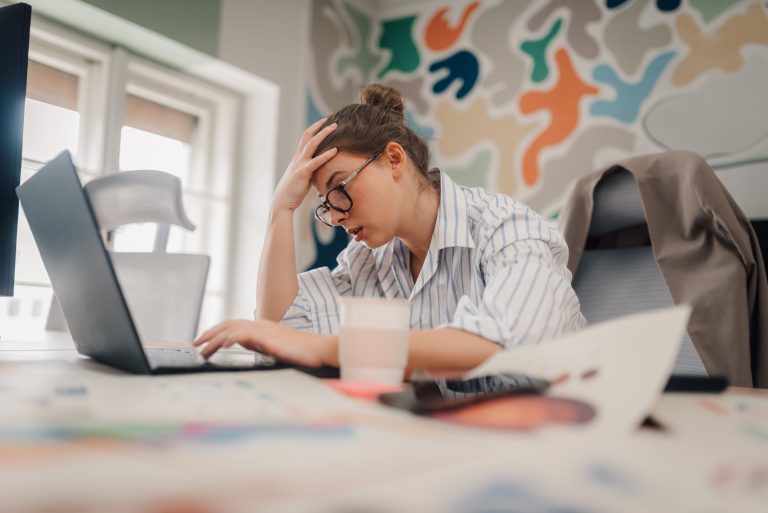
Do ADHD and autism qualify as a disability? | Understanding the Equality Act 2010 and new case law
BLOG Written on 14 July 2025 When an employee discloses that they have ADHD or autism, many employers find themselves asking: Is this classed as
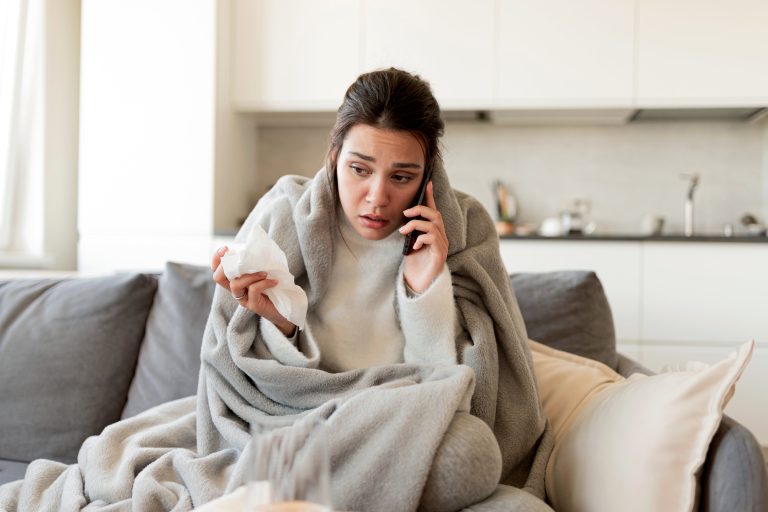
Privacy vs practicality | Are you entitled to know the reason for an employee’s sickness absence?
BLOG Written on 14 July 2025 When an employee calls in sick, it’s natural for employers to want to understand the situation. However, questions around

Education | What school leaders need to know about September 2025 pay changes
BLOG Written on 9 July 2025 As we near the end of the summer term, headteachers, school business managers and senior Trust staff, along with

Employment Rights Bill Implementation Roadmap | Your quick guide to what’s coming when
BLOG Written on 4 July 2025 The Employment Law Bill promises the biggest shake-up of UK employment law in decades. Having recently cleared the Committee
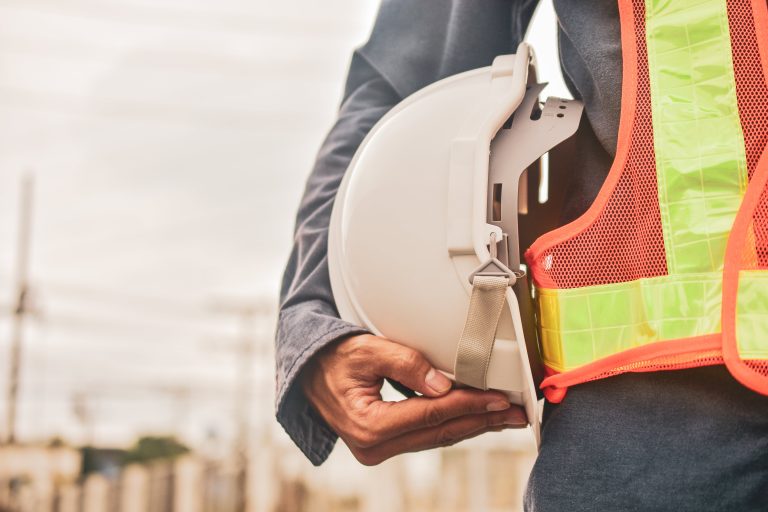
Fewer lives lost | Key takeaways from the HSE’s 2024/25 fatal injury statistics
Blog Written on 3 July 2025 The Health and Safety Executive (HSE) has published its provisional fatal injury statistics for 2024/25, revealing a welcome decline

Candidate feedback | The secret superpower that can strengthen your recruitment process
BLOG Written by Danielle Fargnoli-Read on 25 June 2025 Let’s be honest – recruitment can be tough. You spend a lot of time writing job

New sentencing guidelines could see fines soar for very large organisations
BLOG Written on 23 June 2025 On 1 June 2025, the Sentencing Council introduced important amendments to its guidelines for health and safety, corporate manslaughter,

Don’t rely on AI | 5 areas where employers should exercise caution
BLOG Written by Amy Waters on 20 June 2025 Artificial Intelligence (AI) tools are transforming the way employers manage their operations, from streamlining recruitment to

Can employers lawfully demote employees?
BLOG When faced with performance or conduct issues, employers may look for alternatives to dismissal – one of which is demotion. This usually means reducing

